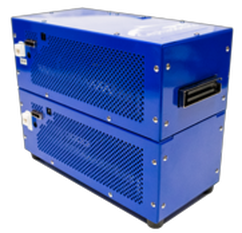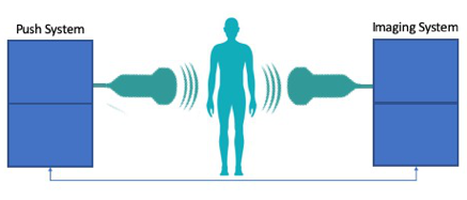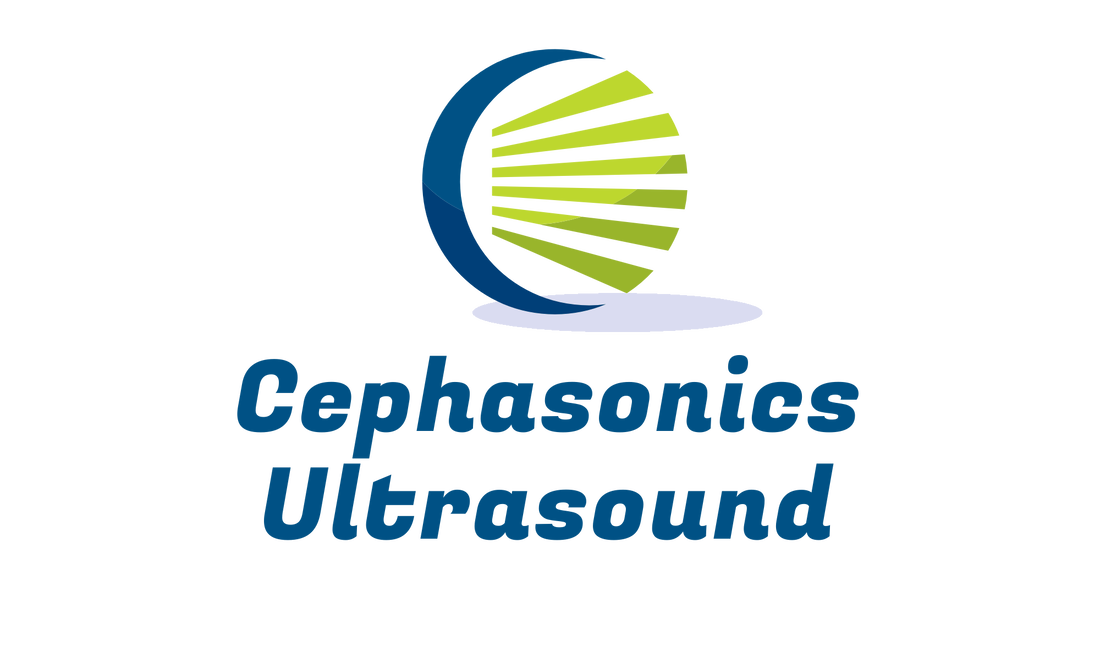Cephasonics Dual-Mode Elastography
|
Overview
Cephasonics Ultrasound Elastography systems provide the ability to execute a variety of ultrasound push functions as well as full-function ultrasound imaging. This combination of capabilities makes it perfect for research projects into ultrasound elastography as well as development of commercial diagnostic elastography applications. |
The Cicada PX Elastography systems come in 128-256 channel configurations and includes an Ubuntu version of a Linux-based server configured with one or more GPUs and PCIe interfaces to the ultrasound system.
Dual-Mode Elastography
The Cephasonics Elastography system can be configured in 2 ways. In a single system configuration, a single ultrasound transducer is used to both generate acoustic radiation force in tissue and then image the tissue displacement response.
In a Dual-Mode configuration, a Cicada PX push system is paired with a second Cicada imaging system.
Dual-Mode Elastography
The Cephasonics Elastography system can be configured in 2 ways. In a single system configuration, a single ultrasound transducer is used to both generate acoustic radiation force in tissue and then image the tissue displacement response.
In a Dual-Mode configuration, a Cicada PX push system is paired with a second Cicada imaging system.
|
This enables the simultaneous push/imaging with 2 probes – one connected to each of the systems. In this configuration, the Cicada PX system is connected to and synchronized with the second Cicada imaging system.
This allows you to push with one probe and at the same time image using a second probe on the other system. |
Elastography Specifications
|
Supported push modes:
Capabilities
Note: Muxing is not supported on Push systems |
Probes supported for push pulse
Elastography Software Features:
|
Imaging Specifications
|
Supported imaging modes:
|
Imaging Transmit
|



